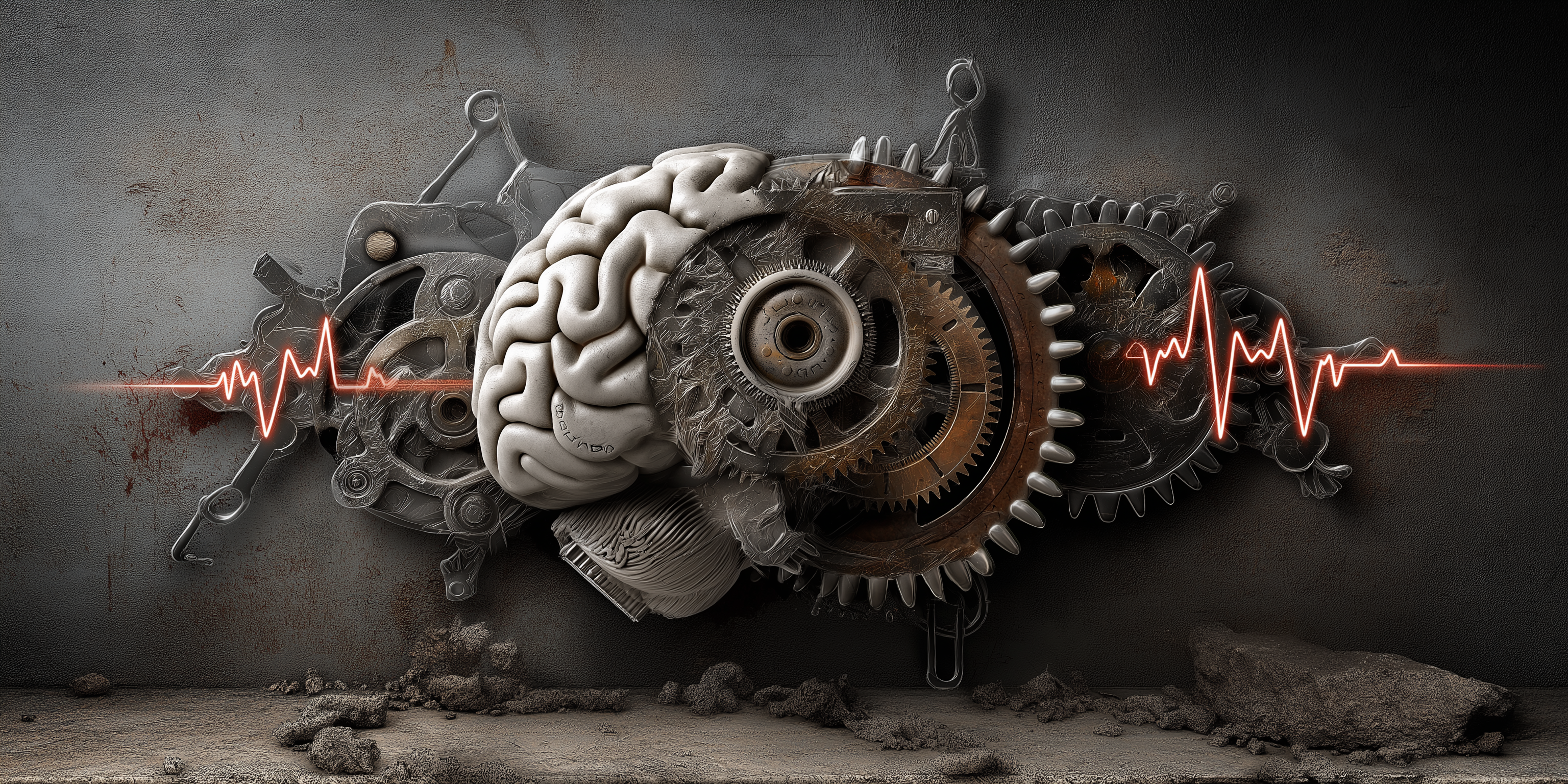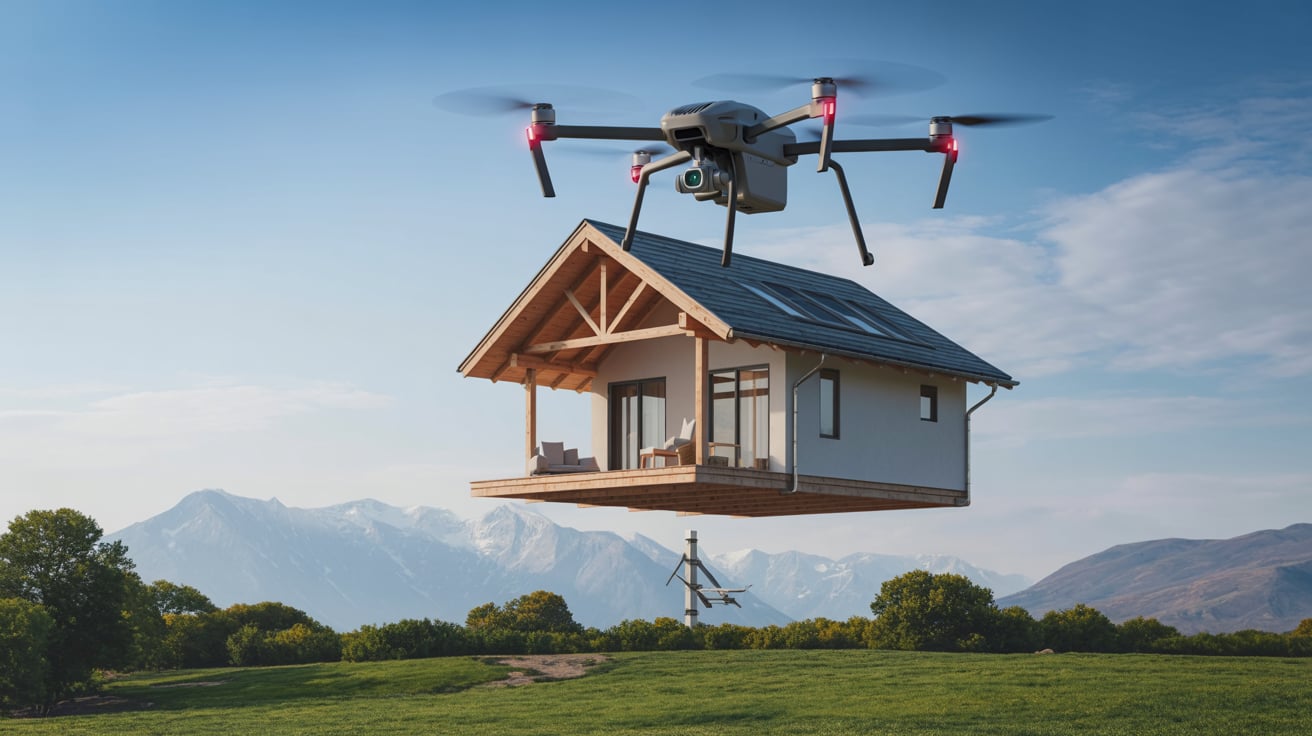By Futurist Thomas Frey
Factories once ran on muscle, then on machines, and eventually on automation. Today, they are evolving into something entirely different—organisms with their own nervous systems. At the heart of this transformation is edge computing, a shift that allows industries to process data in real time, right where it’s generated.
The global edge computing market was valued at $16.45 billion in 2023 and is projected to skyrocket to $155.90 billion by 2030, growing at an annual rate of 36.9%. Meanwhile, connected IoT devices worldwide are expected to generate 79.4 zettabytes of data by 2025. This tidal wave of information would overwhelm centralized systems, but edge computing ensures decisions can be made instantly, without waiting for distant servers or cloud providers.
This is more than an efficiency play. It is the quiet construction of a new industrial nervous system.
Continue reading… “Edge Computing Is Creating a New Industrial Nervous System”












